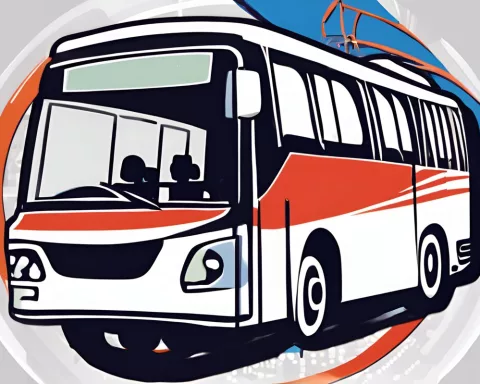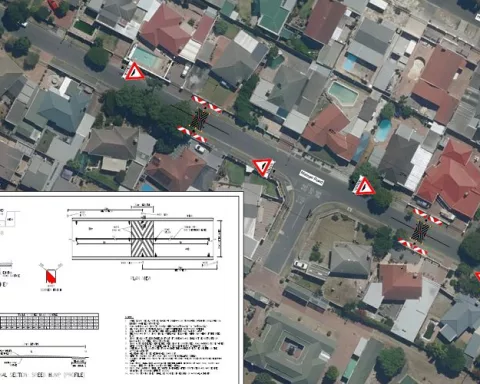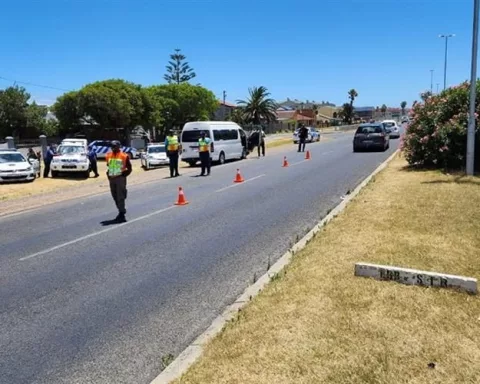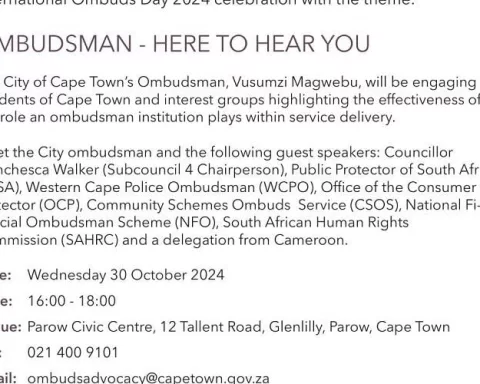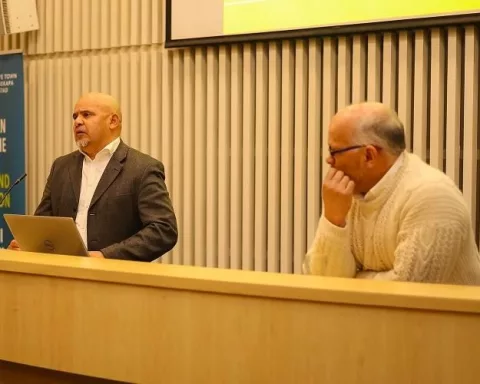Pedestrian safety in urban areas is a pressing issue, with an increase in fatalities highlighting the need for stricter compliance with traffic regulations and better safety measures. Recent tragedies, including the deaths of a four-year-old girl and a 25-year-old woman, demonstrate the severe impact of these incidents on wider society. To address the issue, the city plans to reinitiate conversations with the Western Cape Government and Sanral to improve pedestrian safety along highways, while law enforcement agencies continue to enforce traffic regulations and make arrests for violations.
What is the urgent need for pedestrian safety in urban environments?
The rise in pedestrian fatalities in metropolitan areas highlights the urgent need for stricter compliance with traffic regulations and the implementation of more robust measures to ensure road safety. Despite increased law enforcement operations on highways, pedestrian safety continues to be a pressing issue due to the continual disregard for traffic laws by both drivers and pedestrians. The severe implications of these incidents extend beyond individual loss and impact the wider community and society.
In recent times, metropolitan areas have seen an unsettling escalation in the number of pedestrian fatalities. This worrying trend highlights the urgent necessity for stricter compliance with traffic regulations and the implementation of more robust measures to ensure road safety. Within a single week, the Traffic Service reported approximately five pedestrian fatalities, with a significant number of these incidents occurring on major arterial routes in the city.
Grim Tales from the Streets
The tragic events began on June 10th, when a woman lost her life on M5 South, right after Ottery Road. The very next day, a four-year-old girl’s existence was tragically cut short on Avonwood Road in Elsies River. On the same day, a 50-year-old woman sustained severe injuries, and a 55-year-old man suffered a fatal accident in Kleinvlei.
As the week progressed, the tragedies continued. On June 15th, the M5 North link to FW De Klerk incoming was the backdrop to another horrific incident – a young woman, only 25 years old, lost her life. Two days later, a fatal accident on the N2 outbound, located before the Engen garage, claimed the life of a 35-year-old man.
The weekly records from the Traffic Service also shed light on the deaths of two motorcyclists involved in vehicular collisions—one incident occurred near Camps Bay, while the other took place in Ottery.
An Urgent Matter of Public Safety
Despite increased law enforcement operations on highways, pedestrian safety continues to be a pressing issue. The alarming number of casualties reveals continual disregard for traffic laws by both drivers and pedestrians. Alderman JP Smith, the Mayoral Committee Member for Safety and Security, echoes these sentiments, asserting, “Road safety remains one of our biggest challenges.”
Smith highlights the severe implications frequently resulting from drivers who treat traffic signs as mere suggestions. He elaborates on the two-fold impact of pedestrian fatalities on highways—both the tragedy of the pedestrian’s fate and the secondary trauma and risk of injury to other road users. These incidents have severe ramifications that extend beyond individual loss, impacting the wider community and society.
Smith’s message to pedestrians is both simple and crucial: cross roads only where it is safe and lawful to do so. His advice to drivers is equally straightforward: maintain a keen awareness of their surroundings, respect speed limits, and, most importantly, adhere to all road regulations.
Joint Efforts and Future Plans
In addition to these urgent messages, the City plans to reinitiate diplomatic conversations with the Western Cape Government and Sanral. The aim is to ensure the installation of sturdy fences or walls along main highways to further improve pedestrian safety.
Over the previous week, city enforcement agencies have made approximately 285 arrests and handed out 63,673 fines for various violations. Cape Town Traffic Services arrested 54 motorists—47 for drunk driving, two for reckless and negligent driving, and five on a range of charges, including possession of a stolen vehicle, falsification of documentation, and officer assault.
In relation to traffic infractions, the officers recorded 57,274 offenses, including 67 fines issued to pedestrians for jaywalking. They also impounded 172 public transport vehicles and executed 1,653 warrants of arrest. Law Enforcement officers made an additional 169 arrests and issued 3,157 notices, while their Metro Police counterparts made 62 arrests and handed out 3,242 fines.
The Public Emergency Communication Centre (PECC) registered 1,809 incidents over the extended weekend. These included 854 calls for medical assistance, 105 assault cases, 59 incidents of domestic violence, and 64 motor vehicle and pedestrian accidents.
Moving Forward
In light of these distressing figures, the imperative to strengthen safety measures and mitigate the disastrous effects of traffic violations cannot be overstated. The collective efforts of the city must concentrate on prioritizing the safety of pedestrians and drivers, diminishing the likelihood of accidents, and striving for a safer urban environment.
1. Why is pedestrian safety a pressing issue in urban areas?
Pedestrian safety is a pressing issue in urban areas due to the rising number of pedestrian fatalities, highlighting the urgent need for stricter compliance with traffic regulations and the implementation of more robust measures to ensure road safety. The continual disregard for traffic laws by both drivers and pedestrians exacerbates the issue, with severe implications that extend beyond individual loss and impact the wider community and society.
2. What recent tragedies have occurred in metropolitan areas related to pedestrian safety?
In recent times, metropolitan areas have seen an unsettling escalation in the number of pedestrian fatalities. Within a single week, the Traffic Service reported approximately five pedestrian fatalities, with a significant number of these incidents occurring on major arterial routes in the city. The tragedies include the deaths of a four-year-old girl, a 25-year-old woman, and several other individuals on different routes.
3. What is Alderman JP Smith’s message to pedestrians and drivers regarding road safety?
Alderman JP Smith, the Mayoral Committee Member for Safety and Security, urges pedestrians to cross roads only where it is safe and lawful to do so. His advice to drivers is to maintain a keen awareness of their surroundings, respect speed limits, and, most importantly, adhere to all road regulations.
4. What is the City’s plan to improve pedestrian safety on highways?
The City plans to reinitiate diplomatic conversations with the Western Cape Government and Sanral to ensure the installation of sturdy fences or walls along main highways to further improve pedestrian safety.
5. What joint efforts have been made to address pedestrian safety in urban environments?
Enforcement agencies have made approximately 285 arrests and handed out 63,673 fines for various violations. Cape Town Traffic Services arrested 54 motorists—47 for drunk driving, two for reckless and negligent driving, and five on a range of charges, including possession of a stolen vehicle, falsification of documentation, and officer assault. Law enforcement officers have recorded 57,274 offenses, including 67 fines issued to pedestrians for jaywalking.
6. What is the imperative for the City’s collective efforts regarding pedestrian safety?
The imperative for the City’s collective efforts regarding pedestrian safety is to prioritize the safety of pedestrians and drivers, diminish the likelihood of accidents, and strive for a safer urban environment. The public must remain aware of the hazards they face and work together to make the roads safer.


